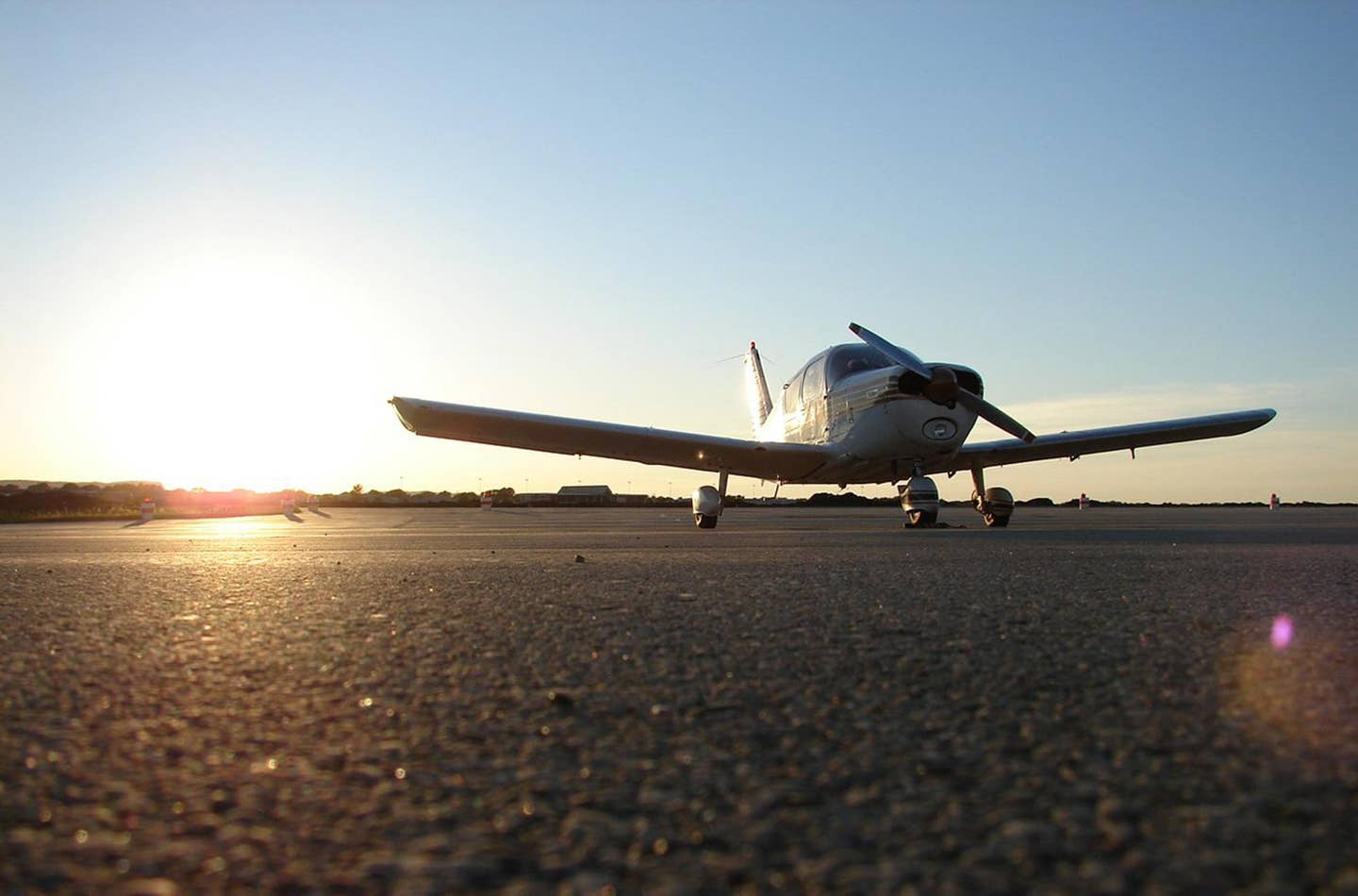Piper J-3 Cub
Probably the most iconic light plane ever, the Piper J-3 Cub might seem an unlikely candidate for the attention. After all, it wasn’t the first Piper, it’s got a number…
Born in the 1930s, the Piper J-3 Cub was a bit of an oddball itself, design-wise, at least. But its eye-catching Cub-yellow paint job, lightning-bolt stripe and cub logo make it instantly recognizable.
Photo by Jakub HaÅun, CC BY-SA 3.0, via Wikimedia Commons
Probably the most iconic light plane ever, the Piper J-3 Cub might seem an unlikely candidate for the attention. After all, it wasn't the first Piper, it's got a number of really quirky features, and it's not the most-produced Piper by a long shot. Yet it is the most recognizable Piper, by a lot.
As I wrote in the introduction, for many years, "Piper Cub" was synonymous with small plane. But how did that happen? As much as I love the Cub, and I do, the model was always kind of an oddball. A pilot getting transition training in it is taught all the ways it's so unusual. The solo pilot sits in the backseat. There's very little forward visibility when taxiing the thing, especially if there's a passenger up front.
And the name of the plane, Cub, and the Bear logo belie the fact that the series---it was not the first Piper Cub---was named after an engine, the Tiger Kitten. That might seem odd to you---it did to me for years---but Tiger young are really called cubs, not kittens. So Piper got that right, and the engine maker, Brownback, got it wrong. The use of the bear logo does mix things up.
The other big thing for the Cub is that it was successful, this at a time when the country was mired in the Great Depression. And this might be the biggest factor, though one will never know for sure: That color was a stroke of genius. A shade of yellow that would look awful on just about any other plane somehow is perfect for the Piper J-3 Cub.

Subscribe to Our Newsletter
Get the latest Plane & Pilot Magazine stories delivered directly to your inbox






